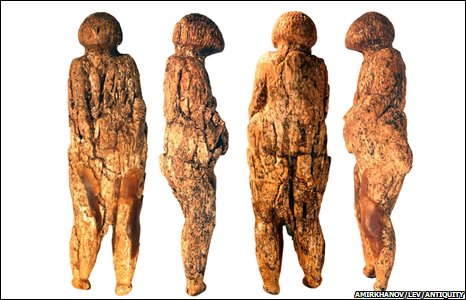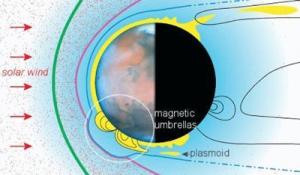Comets that take longer than 200 years to orbit the Sun come from all directions in the sky. That has long led scientists to believe that they were nudged out of a diffuse halo of icy objects that surrounds the solar system - the Oort Cloud.

The objects probably formed from the same disc of material that gave rise to the planets but were scattered outwards by Jupiter and Saturn a few hundred million years after their birth.
The Oort Cloud is too dim to be seen by telescopes, but astronomers believe it has two components. Based on observations of long-period comets, an outer portion seems to extend from 20,000 to 200,000 astronomical units from the Sun (where 1 AU is the Earth-Sun distance).








